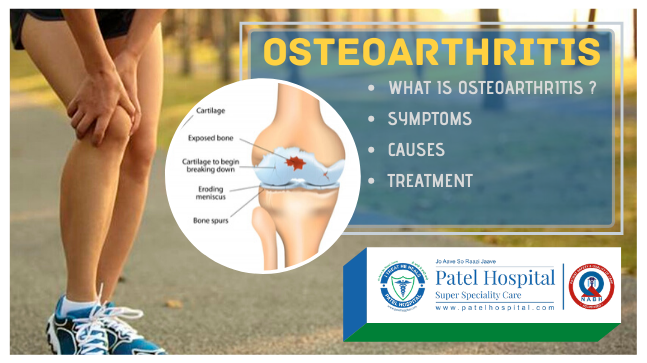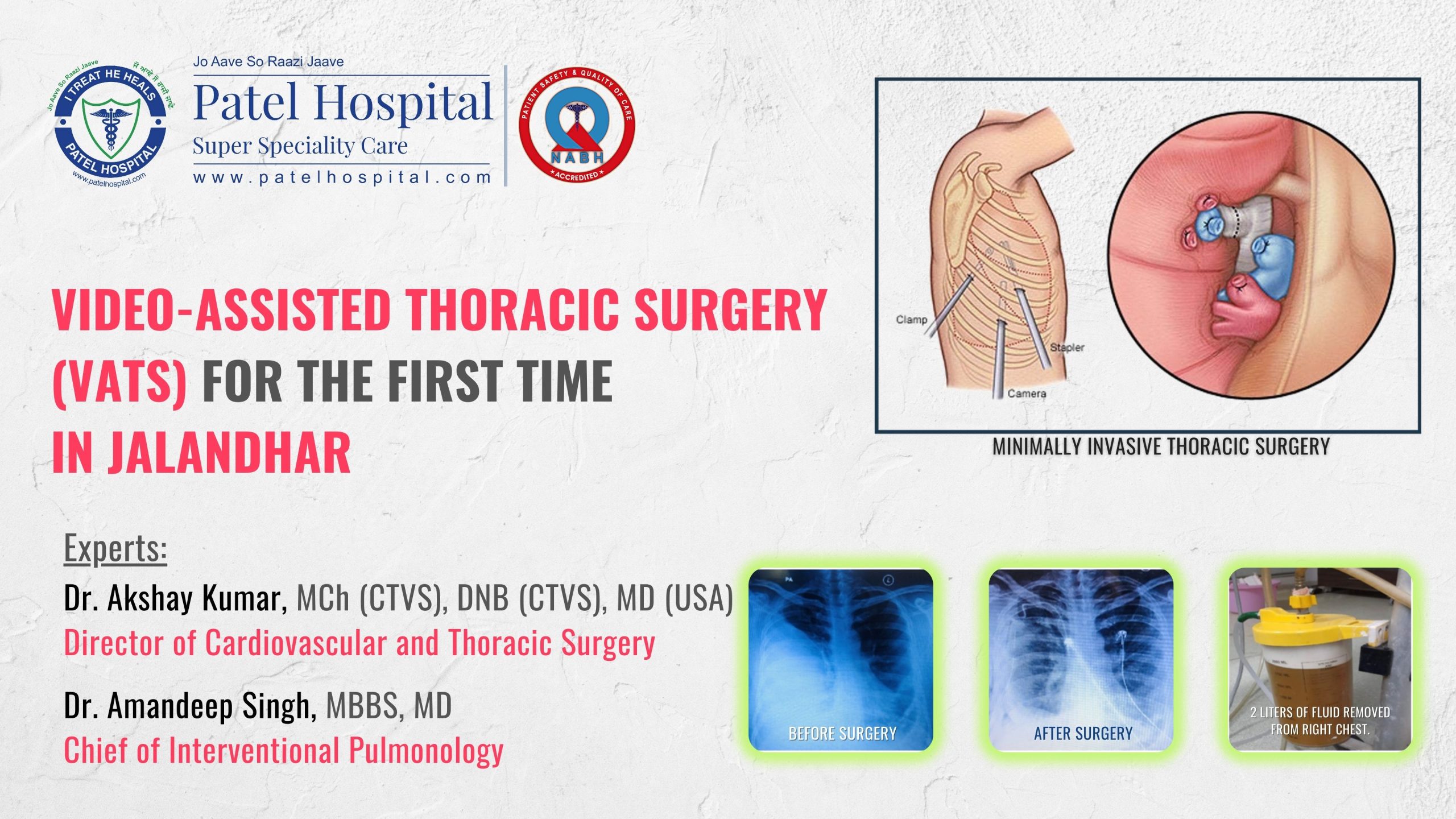Dr. Deepak Gupta, M.S (Ortho), F.I.P.O. (HONG KONG), F.I.J.R (PUNE), Consultant Orthopedics & Joint Replacement Surgeon, Patel Hospital, Jalandhar.
Osteoarthritis is a common, age-related, chronic and slowly progressive joint disorder. The most common joints involved in the osteoarthritis process are knees, hips, low back and small hand joints at your finger-tips. It is a disease of Cartilage – which acts as a cushion between the bones of joints and prevents the rubbing of bones on each other.
Osteoarthritis ranks eighth in all diseases and covers around 15% proportions among all musculoskeletal problems. India has a higher proliferative rate of Osteoarthritis in the world and expected to be top rank in chronic diseases till 2025.
Cartilage breaks down in Osteoarthritis is associated with damage to menisci and other joint components. Pain in Osteoarthritis arises from bone and other structures within and around the joint.
Symptoms of osteoarthritis
- Chronic pain – when walking, moving from sitting to standing
- Stiffness – especially when you wake up
- Tenderness – caused by inflammation
- Limited movement – may not be able to move joint fully
- Grating sensation – when bone rubs against bone
- Bone spurs – bulging hard lumps near joints
Causes of osteoarthritis
Age (weakness/joint laxity), female sex (after menopause – especially if the uterus is surgically removed) and being overweight are risk factors for the development of Osteoarthritis. There is a direct correlation between obesity and osteoarthritis. Osteoarthritis is also known to run in some families, onset at a younger age is common features in such patients. Certain mechanical factors such as joint hypermobility, previous surgery or injury, repetitive joint use also lead to early Osteoarthritis.
Prevention & Treatment
Indian habits of squatting, kneeling and sitting cross-legged probably accelerate Osteoarthritis process in knees due to mechanical factors. Lifestyle changes, avoidance of squatting, kneeling or sitting cross-legged, exercise and weight reduction are essential for control of osteoarthritis pain. It is estimated that 10% of weight loss reduces osteoarthritis pain by about 50%. Exercise reduces pain and improves joint function. Regular Yoga practice also helps in various ways. Some patients may require assistive devices such as sticks and walkers for unloading. Knee cap/braces stabilize the knee and correct mild deformities. Some patients benefit from heat, ice-packs, and local ointments/liniments. Pain management can be done with paracetamol, NSAID drugs should be used during inflammatory flares for a short period under medical supervision. These drugs should be used in the lowest possible dose to avoid possible adverse effects. Severe pain nonresponsive to oral drugs responds well to steroid injection in joint. This simple, safe and effective procedure relieves pain for 3-4 or more months especially if extra joint-fluid is also removed simultaneously. Disease-modifying drugs (efficacy questionable) available for treatment in early osteoarthritis. They should not be continued for more than 3-6 months if there is no apparent response. There are oil-like injections that seem to replicate the natural fluid in the knee that can be used in the early stages. Knowledge about the disease, regular exercise, a healthy diet, and adequate sleep are essential elements of osteoarthritis management. One must learn to protect joints by avoiding overuse while remaining active. A positive approach towards life and support from family and friends help in coping with this disease.
When to consider joint replacement surgery?
Joint replacement surgery is usually undertaken as a last resort. Surgery should be considered in all patients with inadequate pain control and functional improvement despite rigorous drug- and non-drug- therapy. Modern implants, less invasive procedures, better pain control, better pre, and postoperative exercise programs have all contributed to better patient outcomes. Successful surgery offers excellent pain relief and should not be delayed whenever indicated.



